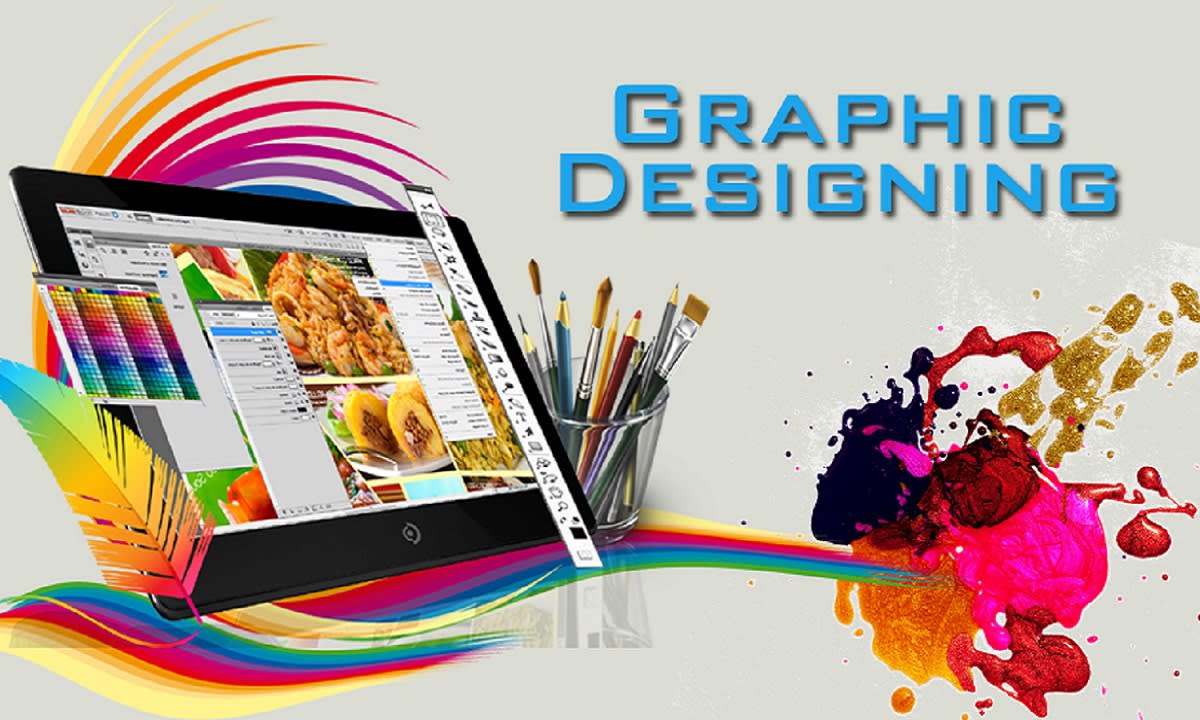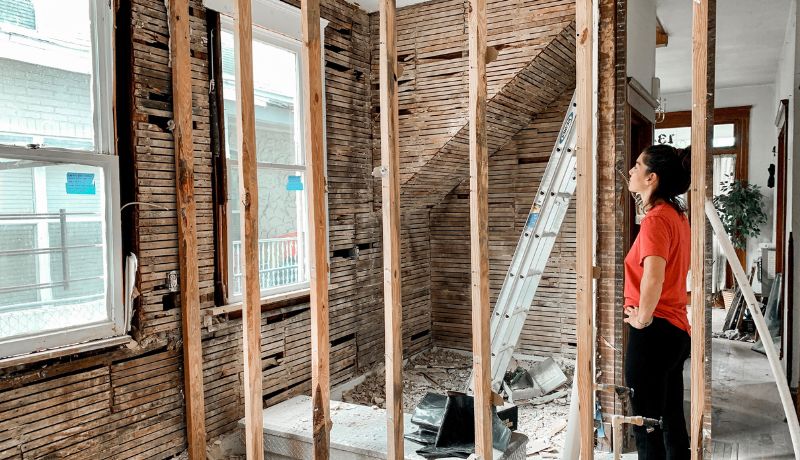Graphic design cannot be reduced to a simple equation or a one-size-fits-all solution. However, there are simple principles that even the most inexperienced designers or non-designers can follow to achieve a successful result.
Read on for 14 essential graphic design tips to help you navigate the confusing world of graphic design and produce better-looking designs in no time.
Getting Started
Seek Out Unexpected Sources of Design Inspiration
Design inspiration research is a common favorite step in the design process, and it shouldn't be overlooked. Finding inspiration from existing designs can be a lot of fun and can help you come up with new ideas you hadn't thought of before.
On various design blogs and in graphic design books, there is a wealth of information. On social media platforms, even the work of industry leaders is at your fingertips. Take it a step further and delve into graphic design history, where you can be inspired by the original design greats and movements who shaped modern design as we know it today.
How are you going to keep it unique? To avoid copying too closely, make sure you're drawing from a variety of sources and mixing and matching design cues. If one designer's work inspires you to use certain fonts, choose different references to influence your color palette, photography style, or illustration style.
Additionally, rather than getting stuck in what has already been done, look for designs that are unrelated to yours to help you come up with a new approach. Skip the traditional approach or what your competitors have done in the past and look for unexpected ideas in different industries, formats, and content.
Know your Audience-
It's critical to consider who you're designing for whenever you're working on a project. Graphic designers create visual messages, and those messages are frequently intended for people who are not like you. This may entail making design decisions that appeal to your target audience rather than your own preferences.
Plan your design-
While it may be tempting to jump right into design programs and start playing with powerful design tools, having a solid plan for your design is an important part of the design process and can often save hours of the dreaded 'pixel pushing.'
Take some time to think about your design's format and dimensions, as well as the content you're working with. Is it necessary for your design to be in portrait or landscape orientation? What will be the location of the design? What kind of working space do you have?
Graphic Design Essentials
Use a Cohesive Colour Palette ‘
When it comes to conveying a certain tone or message in a design, color is arguably one of the most powerful tools a designer has, and a consistent color scheme is a must.
It's crucial to have a basic understanding of color psychology. Colors can convey a subliminal message that is frequently related to our natural surroundings. Blues, for example, and their association with water can convey a sense of cool freshness or cleanliness, whereas reds conjure up images of heat, passion, and danger. Culture is increasingly playing a role in our interpretations of color, making it even more important to know your audience before selecting your colors.
The color wheel is a good place to start because it shows us which colors are complementary (opposite on the wheel), analogous (next to each other on the wheel), or triadic (three colors positioned at 120 degrees on the wheel from each other). Each of these relationships can result in pleasing color combinations, but there are many more appealing color relationships based on their position on the color wheel.
When it comes to selecting colors for your color scheme, keep it restrained. Choose a palette of 1-3 main colors and then create a set of secondary colors by selecting various tones of your main colors for consistency and simply adjusting the relative brightness or saturation. This will help you achieve enough contrast in your palette. Think of each color as having a volume and adjust your tones so that they are not all speaking at the same volume.
It is also necessary to consider the proportions of your color palette and play around with how much of each color is applied to the design. A design can change dramatically by using your color palette in different ways. Here are a few of our favorite resources to get you started-
- Pigment by shape factory
- Adobe color
- Paletton
- Coolers
Create Hierarchy and Group Elements-
The hierarchy should always be considered for the development of a successful design. Graphic designers are visual communicators, and hierarchy is the element that helps in the readability of a design or guides the viewer from the most important element through the final CTA (Call-to-Action).
Begin by determining what the design's most important message or feature is. This should be the most visually dominant and noticeable in comparison to the others. Playing with the size or scale of the content is the most obvious way to achieve hierarchy in your design. You can also play around with the use of color and the weight and style of your fonts.
The busier a design the more difficult this can be but a great way to simplify a content heavy-design is to visually group elements together. Look for opportunities in the content to assign the same visual style to elements that might otherwise be unrelated. In the above example, the date, address, and web address have been visually grouped together. The studio and sponsor information has also been grouped. This allows these groups of information to be read together and works to simplify the overall hierarchy.
Create Visual Contrast-
Working hand in hand with the design principle of hierarchy is contrast. Just like in real life, when something appears visually different from what is around it our eyes are immediately drawn to it. Therefore, contrast is without a doubt one of the most impactful elements of designs and helps to add visual interests or create a focal point.
As with hierarchy, you can generate contrast in your design by applying contrast colors or tones of colors, by switching up fonts or using alternative styles for different pieces of text or even contrasting the space amongst elements in your design.
Don’t Be Afraid of White Space-
The shape between the elements of your design is called ‘white’ or ‘negative’ space. This space isn’t simply the absence of content, but a design choice in itself, and can be used to achieve significant design principles such as the aforementioned contrast and hierarchy.
While it can be tempting to consider happy spaces in your design as wasted, white space can also be one of your greatest assets when used strategically. Try creating space around an element you want the viewer to focus on. An element with lots of space around it is visually separated and uncluttered by the other elements of the design. The space allows it to stand out more and become the focal point.
While white space is loved by pioneers of minimalist design, a movement that centers on the concept that less is more, creating space or moments to “breathe” in a busy, maximalist design can increase its overall impact.
Align your design elements-
Alignment is one of the most important considerations in polishing a design. Alignment helps give structure and order to design and without it, your design is at risk of looking like a game of Tetris.
Keeping your elements like type, images, and illustrations aligned to one another will ensure a presentable design. Bonus-there are alignment options and tools right in your Vectornator software you can use to help out. Always make sure you have margins to act as a safe space around your page and use them to line up your elements.
Use Font Families-
One of the more challenging aspects of working with typography in design is choosing the right fonts and pairing typefaces that are complementary to one another. There are thousands of different fonts to choose from and without an in-depth understanding of the anatomy of typography, it can be difficult to know which fonts work well together and why.
To breeze past this challenge, choose a font family that comes with a wide variety of weights and styles. For example, the Futura PT font family comes in a range of twenty-two different varieties from light to extra bold weights, as well as numerous styles from italic through to a condensed version of the font.
Some types of foundries have even designed both serif and sans serif fonts that belong to the same family.
The various options will help you in creating a visual hierarchy in your text and you can be sure that whichever you pair, your design will be looking on point.
Be Consistent-
After you've considered all of these important design principles, make sure you stick to the rules you've set for yourself and strive for strong repetition in your work.
Make sizing, letter spacing, and kerning rules for type elements like headers, subtitles, and body copy. Ascertain that all of your images have the same look and feel. Find images with similar color tones or saturation levels, as well as similarities in how detailed/busy or abstracted/simple they are. Keep your color palettes and how you use color consistent, and where possible, repeat graphic elements.
In multi-page designs or when creating social media graphics, visual consistency is especially important. Similarly, consistency is king in web design to promote a positive user experience. In the case of branding, where a company will interact with its audience on multiple levels, repetition is crucial. A strong brand will be recognizable anywhere an audience interacts with a company, including on their website, business cards, social media channels, and physical locations.
Keep it Simple-
As the old adage says, less is more. Design, in all its styles and applications, is an exciting thing and it can be tempting to build up a design





![Top 5 Best Ways to Create Your Own Cartoon Character [For Non-illustrators] Top 5 Best Ways to Create Your Own Cartoon Character [For Non-illustrators]](https://www.chattycathy.blog/uploads/img/632d545cdf266.jpg)
